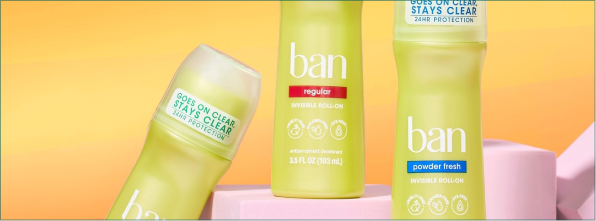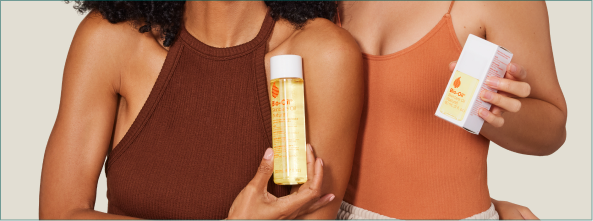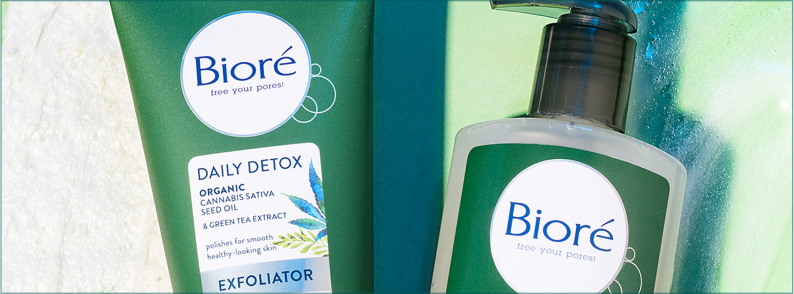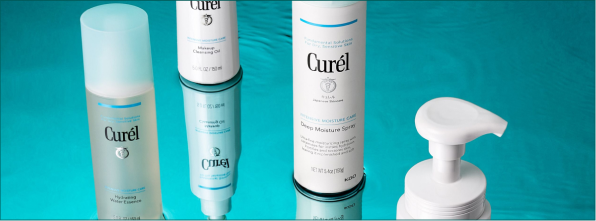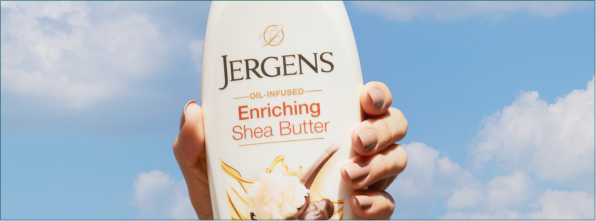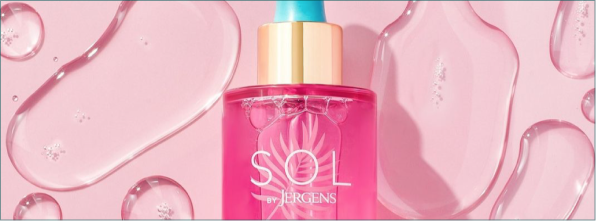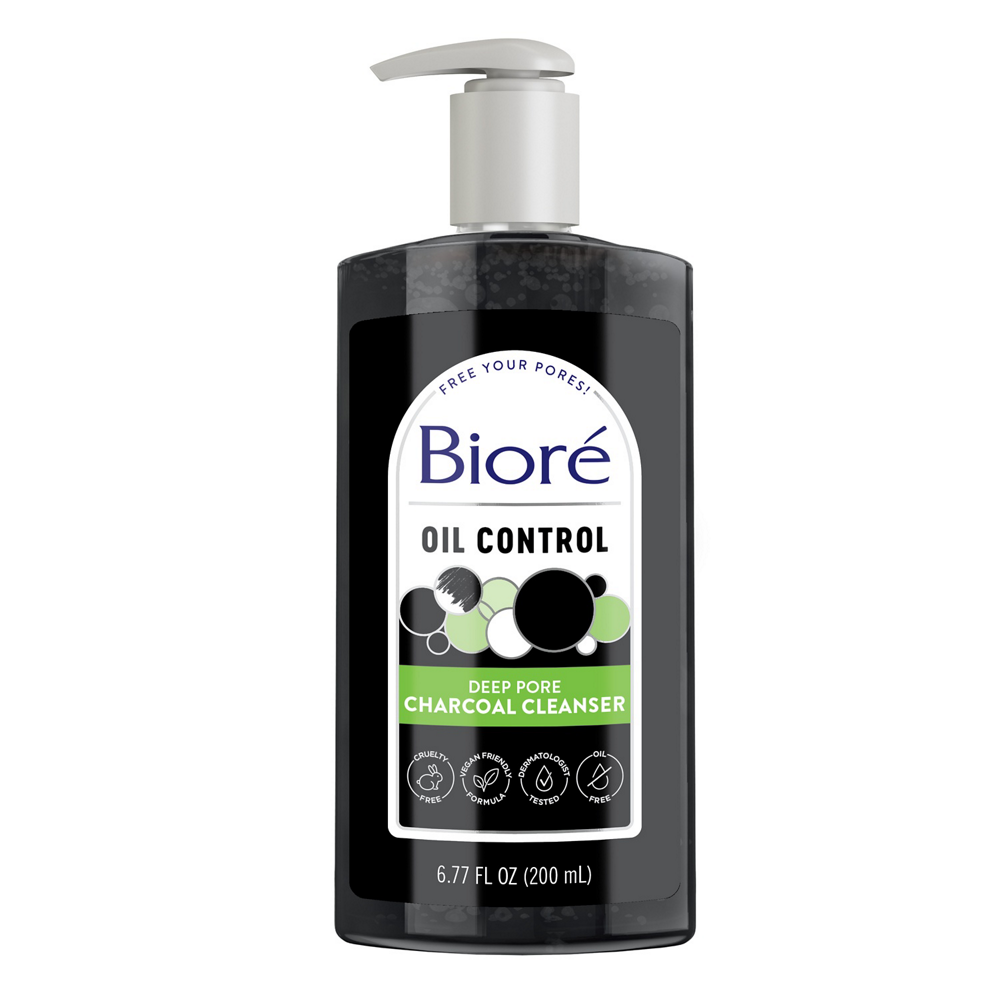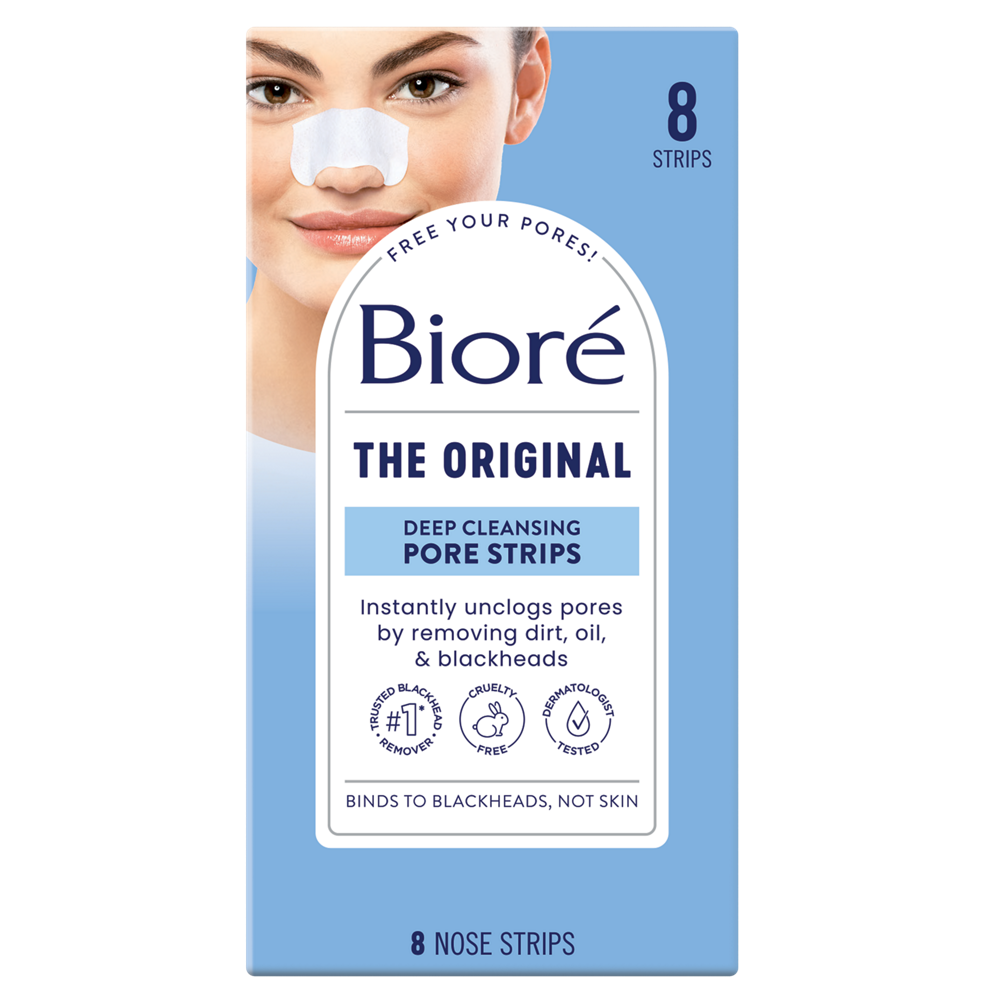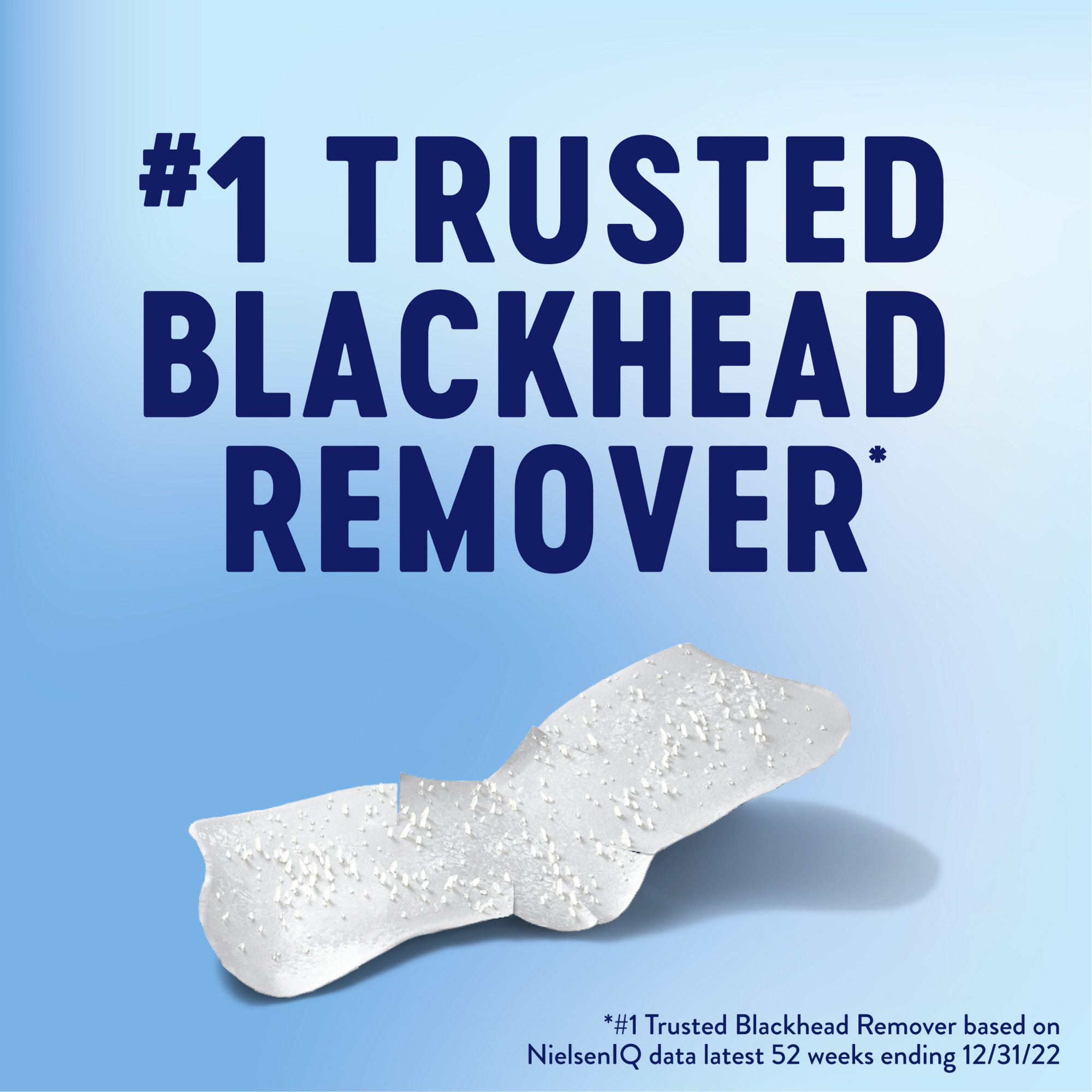Blackheads on Cheeks: How to Get Rid of Them

Think about your cheeks for a second. When you talk on the phone, does your phone touch your face? When you’re bored in class or at work, do you ever rest your cheek on your hand? Due to their location on your face, cheeks gather lots of dirt and debris—making them a top spot for blackheads to pop up.
Blackheads, especially those on your cheeks and face, might be a pesky occurence that you’re trying to figure out. Use this guide to learn more about what causes blackheads on your cheeks, how to get rid of them, and how to prevent them from coming back.
What Are Blackheads?

Blackheads are clogged hair follicles that are congested with a mixture of dead skin cells and sebum. Sebum is an oily substance that is secreted by your skin for hydration and protection.
Blackheads can appear anywhere on your body (wherever you have hair follicles), but they are most noticeable on your face. They can often be found on your cheeks, nose and forehead. If you have oily skin, you may be more prone to blackheads and clogged pores due to excess oil on the surface of your face.
What Causes Blackheads on Cheeks?
Blackheads on your cheeks are caused by a few different factors. Erica Palmer, head of Bioré Skincare R&D, explains that when blackheads form on our cheeks “the opening of the follicle (or pore) is blocked, and dead skin cells or keratinocytes that are normally shed are collected in what now becomes a little container for them.” This container, full of dead skin cells and other debris, is an open comedo. “When the material in an open comedo is exposed to air, it becomes oxidized and turns black, thus creating blackheads,” adds Palmer.
Let’s look into 8 specific factors that can cause blackheads on your cheeks
1. Your Cheeks are Part of the U-Zone. The U-Zone, which includes the area around your cheeks, jawline, and chin, is typically drier and less oily than the T-Zone, so dry skin can often cause blackheads in this area instead of excess oil like on other parts of your face. 2. Large Pores in the Cheek Area. Cheeks tend to collect blackhead-causing material, like dead skin cells, so blackheads can sometimes appear in groups.
3. Touching Your Face in Excess: Avoid touching your face to prevent blackhead-causing material from making its way onto your skin. In addition to your hands, your hair, dirt and oil on your phone, and not washing your pillowcase can also contribute to excess dirt and oil on your skin
Avoid touching your face to prevent blackhead-causing material from making its way onto your skin.
4. Consuming Alcohol: Alcohol dries out our skin and can lead to an excess of dry skin cells on your face. Flaky, dry skin can get into your pores and cause blackheads. 5. Smoking: A clinical study conducted by the San Gallicano Dermatological Institute found a direct correlation between smoking cigarettes and non-inflammatory acne, like blackheads. In their study, researchers found that smoking increases the body’s production of sebum while also reducing its production of vitamin E, an essential nutrient for your skin.
How to Get Rid of Blackheads on Cheeks
Learning how to get rid of blackheads can be a challenge, so it's vital to find a skincare routine that works best for your skin. A combination of regular cleansing and toning with Salicylic Acid, as well as gentle exfoliation, can help you find relief for blackheads. Healthy lifestyle choices can also make a big difference in your skin’s condition. Here’s how you can get rid of blackheads at home or through professional care.
A combination of regular cleansing and toning with Salicylic Acid, as well as gentle exfoliation, can help you find relief for blackheads.
How to Get Rid of Blackheads at Home
1. Wash Your Face Regularly
Ideally, cleanse your face in the morning and evening with a face wash with Salicylic Acid to help treat and prevent blackheads. In regards to heat, it’s a myth that pores open and close. The truth: despite what your mother told you, you can’t steam your pores open.
“Pores do not have muscles around their opening to allow them to open and close,” says Palmer. However, steaming the skin can help loosen up underlying debris, making blackheads easier to extract.
2. Use a Toner
After cleansing, use a Witch Hazel toner to tighten pores and remove any leftover dirt and oil. Visit our blog for more tips on how to use toner.
3. Exfoliate Consistently
Exfoliate your skin weekly with a gentle scrub to help keep pores clean. This step will remove the outer layer of skin cells and help get rid of dead skin that may be contributing to blackheads on your cheeks.
Palmer recommends to “look for products containing spherical, effective exfoliants, which smooth skin without damaging or tearing. Salicylic Acid and even some retinoids can help with skin cell turnover helping to minimize pore clogs.”
4. Try a Face Mask
Face masks are great ways to cleanse your pores and keep your skin clean so that blackheads don’t form. Clay masks are especially helpful for oily skin.
5. Use Pore Strips
Pore strips aren’t just for your nose! You can also use these strips to remove dirt, oil, and blackheads on other parts of your face, like your cheeks and chin. You can use a face pore strip for those areas.
Professional Blackhead Treatments
1. Facials
During medical facials, a skincare expert uses professional techniques to cleanse, extract, and moisturize your skin. These kinds of facials often use steam to remove blackheads and whiteheads without inflaming other parts of your skin.
2. Light Chemical Peels
Dermatologists and estheticians often offer chemical peels as part of a facial, but you can also find budget-friendly chemical peels for at-home use. To unclog pores, look for light peels containing Salicylic Acid and lactic acid. However, peels make your skin more vulnerable to UV damage, so make sure to wear sunscreen with a higher SPF for the week following your peel.
3. Professional Extractions
For extractions, we always recommend visiting a professional dermatologist or esthetician. When you go to a professional, they will use special tools and techniques to remove blackheads. They know how to do it, and we should let them! If you choose to get your blackheads extracted, keep your pores clean by cleansing daily and following with face toner. However, if seeing a professional is not an option, the safest and quickest way to remove blackheads on your cheeks is with a pore strip.
If you absolutely can’t resist doing your own pore extractions, make sure you take a long shower to soften your skin and the comedone. Protect your skin from damage by covering your fingernails with a piece of cloth before extracting your own blackheads. If the comedone does not come out easily, do NOT keep attacking it! Blackheads can quickly become pimples when the keratin material is pushed through the lining of the follicle.
How to Prevent Blackheads on Your Cheeks
Preventing blackheads requires daily maintenance and finding the right products for your skin. First, for a deeper clean, try a charcoal face wash because it helps draw out excess dirt and oil that causes blackheads. Then, follow up with a Witch Hazel toner to tighten pores.
Preventing blackheads requires daily maintenance and finding the right products for your skin.
We hope these tips from our Bioré R&D team help you keep your pores free from blackheads and put your best face forward.
Key Takeaways
- Blackheads are clogged pores, or hair follicles, that can be congested with a mixture of dead skin cells, debris, and an oily substance known as sebum.
- Many people touch their face with their hands or phone, so cheeks can be a top spot for blackheads. Dry skin on your cheeks can also clog your pores and lead to blackheads.
- Help prevent blackheads with a combination of cleansing and toning in the morning and at night, as well as weekly exfoliation and regular facials.
- For deeper removal, dermatologists and estheticians can perform professional extractions to remove blackheads from your skin. However, if seeing a professional is not an option, the only other way to instantly remove blackheads is with a pore strip.
